Instead of giving a lengthy explanation, I’ll just list down all possible ways one can make money through foreclosures, based on what I have learned in the past 2 years. Please feel free to add more by leaving your comments.

1. Buy and Hold
This is the strategy of a person who buys a foreclosed property and holds on to it until its market value appreciates. In a nutshell. one can make money from the buy and hold strategy through the following:
- Selling the property for a profit. This assumes of course that the market value has indeed increased. Most of the time, however, it would take several years for a property to appreciate in value, and the cost of maintaining it, taxes, etc. are often not considered, hence, the owner has no idea if he will make any money when he sells his property.
- Refinancing the loan to convert the owner’s equity into cash*. Equity is the difference between the current appraised value and the loan principal balance. When the appraised value increases, the equity increases as well. To cash out the equity, one can get a new appraisal from another bank that reflects the increased market value of a property and then a new and bigger loan is secured based on this new appraisal. The original loan will then be paid for using the proceeds of the new loan and then the owner pockets the excess cash.
Actually, there are two common ways the buy and hold strategy is done here in the Philippines.
- Buy and hold( and pray), which basically means aside from praying that the property will go up in value, the buyer does nothing with the property and it becomes idle
- Buy and hold and have the property rented out
Here in the Philippines, it’s common to see people using the buy and hold (and pray) strategy for land. In my opinion, this is not a very smart move because there’s usually no positive cashflow from land while there will surely be expenses like real property taxes, property mainenance, etc, and of course let’s not forget the risk of having squatters taking over the land and the owners would later have to spend money just to eject them.
Furthermore, I often hear a lot of stories where people are unable to sell a piece of land they have been holding for a long time when they have an immediate need for cash, so they are forced to sell at a loss. There are some instances too when people sell the land they have been holding for a long time and jack-up the prices so they can have a huge profit, and because of this, no one is interested in buying the land.
Others apply the buy and hold strategy by buying a property, and then have it rented out, while hoping that the property’s value will appreciate, without considering the cashflow it generates. More often than not, these properties are negatively-geared or have negative cashflow. Again, this is not a smart investment strategy in my opinion as they tend to be like a money pit. I won’t be surprised if some of these properties end up being foreclosed again.
One should only apply the buy and hold strategy if a property can generate positive cashflow as a rental property as described below.
2. Rentals (with positive cashflow!)
Buy a property, apply minor cosmetic changes like a fresh coat of paint and have it ready for occupancy, then rent it out. At the very least, when buying a foreclosed property, the numbers should work in such a way that if you turn it into a rental property, it can generate positive cashflow.
You basically make money through the rent your tenants pay you on a monthly basis and this should more than cover all expenses like amortization, taxes, insurance, etc. This should produce a nice steady positive cashflow every month. I personally don’t take a second look at a property if it won’t be profitable if I rent it out as this is my last exit strategy. Check this out if you want to learn how to calculate the ROI of rental properties.
3. Rent-to-own
With rent-to-own (which is more appropriately called a lease with an option to purchase), you give tenants the right to purchase the property for a certain amount, which is often called a downpayment. Tenants who become buyers still pay on a monthly basis but instead of paying rent, they are actually paying for the property through monthly installments.
Instead of the usual 2 months advance and 1 month deposit, tenant-buyers pay a down payment which is usually higher than 3 months rent. The seller has the option to charge monthly installments that are higher than the usual monthly rent in this scheme. Because of this strategy, the monthly positive cashflow and ROI can be substantially higher than if it was just a simple rental property.
This method is showcased in Dr. Larry Gamboa’s book, Think Rich Pinoy!. If you haven’t read this book yet, I highly suggest you do.
4. Flipping
Flipping is done when one buys a property and sells it quickly for a profit. The best flipping method is when you buy a foreclosed property today, but already sold it yesterday. How, you ask? Sometimes one may already have an agreement with a buyer that he will buy a property before you have actually bought it.
5. Rehabbing
When you buy a foreclosed property that may need some repairs, fix it up, and then sell it at full market value, you call that Rehabbing, or buy-renovate-sell. If done correctly, this can result in huge profits. This is quite risky though, as cost over-runs during repairs or renovations are quite common.
If you’ve watched the show “Property Ladder“, you’d know what I mean. Anyway, since foreclosed properties are often priced below market value by as much as 40% or more, there’s a lot of room for hefty profit margins.
6. Wholesaling
Wholesaling is buying a property way below market value and then selling it for a price slightly higher, often to other real estate investors engaged in rehabbing. Profits are not as big as profits from rehabbing because obviously the buyers would need to buy at a price with room for them to make money as well.
Some say this strategy is a great way to make quick cash and is far less risky and beginning investors should seriously consider using this strategy when getting started. You just have to be good at spotting diamonds in the rough, so to speak.
7. Tax Foreclosures
For tax foreclosures, one makes money when his winning bid for an auctioned property earns interest. The City Treasurer or his deputy shall return to the winning bidder the entire purchase price paid by him plus the interest of 2% per month computed from the date of sale to the date of redemption.
The earned interest can be substantial (Hey, 2% per month is 24% per annum and that’s pretty hard to beat) and is truly passive income. However, one will have to wait until the delinquent owner redeems his property, and this could take up to a year. If the year lapses, you end up owning the property and then you can earn money by using any of the techniques I discussed above.
By the way, the most recent tax foreclosure auction I attended was in Marikina City and you may want to check it out. Other cities in the Metro like San Juan still have no scheduled auctions as of this writing.
8. Commissions
If a foreclosed property is sold through a negotiated sale and the buyer formally notifies the bank that you are the one that referred the property to him, you can earn a commission, which is normally 5% for accredited licensed brokers.
For public auctions, I believe the commission rate is only 1%. I have been a licensed broker for more than a year now but have yet to earn from this because I only learned about this recently, during the Unionbank auction I attended. I noticed that the registration form for the auction had a space for “Referred by” and I asked about this afterwards.
Also, I haven’t been accredited by any bank at the moment, mainly because my Broker’s ID from DTI is yet to be released due to a technical glitch in their ID system. So far I have managed to get accredited with CBRE as they don’t require the Broker’s ID from DTI.
Once I do get my Broker’s ID and get accreditation from other banks, I will definitely pursue this. This might also give me leverage and get bank foreclosed property listings before they are released to the public, which I’ll post in this blog for sure. We’ll see!
9. Pre-foreclosures
This is when a property owner is facing foreclosure and an investor would help stop the foreclosure by buying the property, which is often the last recourse to avoid the foreclosure as the proceeds of the sale shall be used to have the mortgage fully paid. The seller often sells the property at a very low selling price, usually for what he owes plus a little cash, just to get the property sold as fast as possible. In these situations, an investor should never take advantage of the seller’s misfortune and should offer a win-win solution for everyone.
Conclusion
These are just some of the ways of earning money through foreclosures and do take note that these strategies can be combined with one another. Actually, all of these techniques or strategies apply to real estate investing in general, not just to foreclosures. However, these can be applied more easily to foreclosures because they are often sold way below market value, require very little down payment (usually only 10%), and banks offer long payment terms.
You guessed it, all of these strategies shall be discussed in greater detail in future posts.
How about you, do you know of other ways of making money by investing in foreclosures? Have you started making money?
When I first learned about all of these stuff, I thought to myself that I wish someone had told me about these earlier!
Let me know what you think by leaving your comments. Thanks!


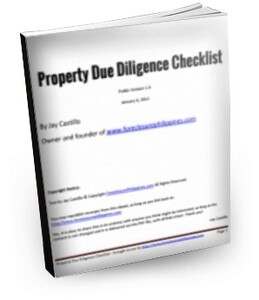
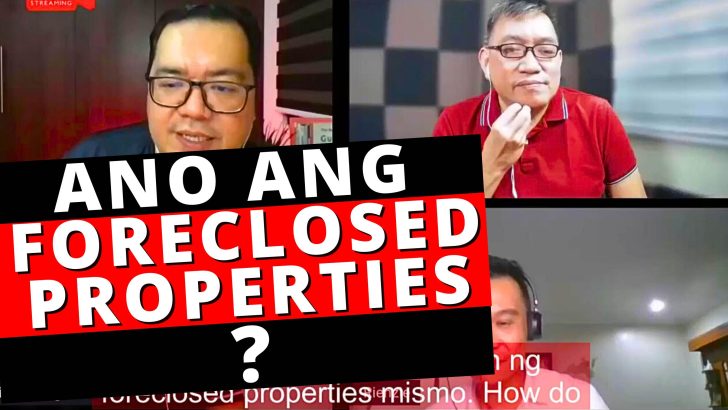
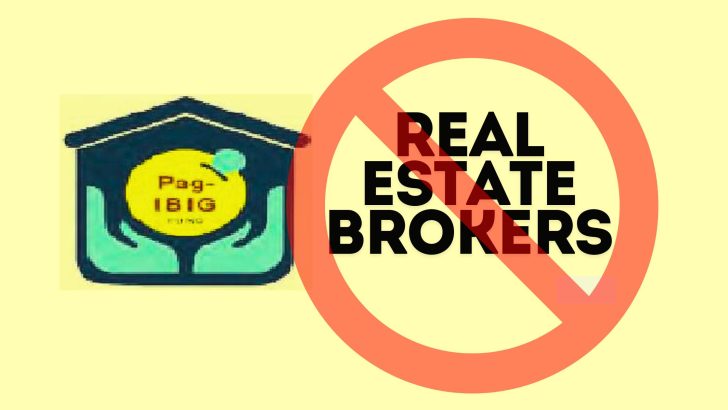
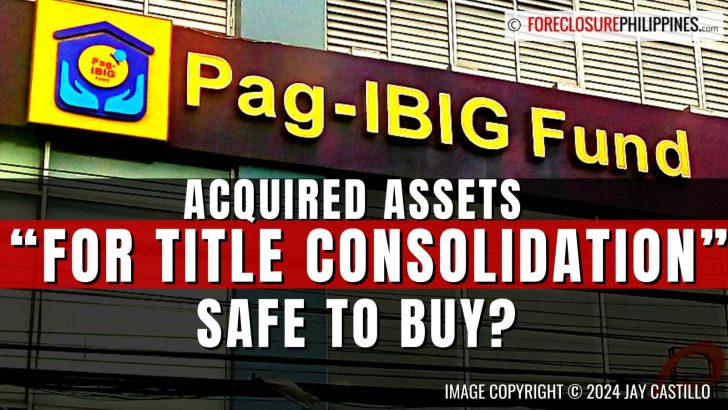
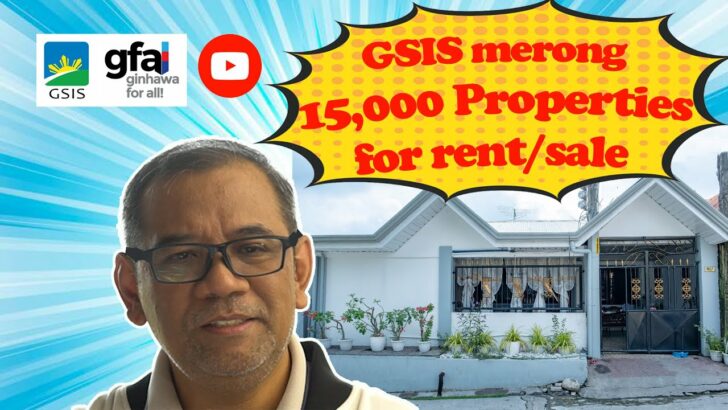
![Why invest in foreclosed properties in the Philippines? + Top things to consider [Video] 6 Why invest in foreclosed properties in the Philippines? + Top things to consider [Video]](https://www.foreclosurephilippines.com/wp-content/uploads/2023/03/video-how-to-invest-in-foreclosed-properties-in-the-philippines-v3-728x410.jpg)

Pingback: BurnGutierrez.Com
Hi Jay,
On your item#7 which says;
“For tax foreclosures, one makes money when his winning bid for an auctioned property earns interest. The City Treasurer or his deputy shall return to the winning bidder the entire purchase price paid by him plus the interest of 2% per month computed from the date of sale to the date of redemption”
Could you elaborate more on how does a winning bid earn interest? and about the entire purchase price being returned by the treasurer with + the interest?
Thanks and more power!!!
Hi, readers! =)
If you’re interested to invest in the Philippine stock market, you can check Philippine Stock Exchange’s Market Education website: http://www.pseacademy.com.ph
Thanks!
Hi Jay,
I have a 2-BR loft type condo unit, 43sqm, fully furnished, RFO in Tagaytay which I would like to sell asap at preselling price. I just want to liquidate the property. Can you help me on this? Thanks.
Hi Jay,
I’ve been searching for a site that can share some advices in real estate. I’m glad I found yours which is very helpful and informative.
Thanks for sharing.
Ed
Good am sir, I am Jeffrey, i am interested in real state especially at foreclosed properties. I had read the book of Mr. Larry Gamboa- Think Rich Pinoy and i was inspired by this to pursue as my new career. I’ve Called Union Bank just this morning inquiring with their list of foreclosed properties. I have read a portion from his book that banks offered their foreclosed to buyers to lend the 90% of the property amount after a 10% percent downpayment.But to my dismay, they are actually offering this as Rent To Own,if only you would apply for mortgage.Is it the dealing with foreclosed properties changed after years? Are the banks will not lend the 90 % of the property amount? Need for your advised,Please.Thanks.
Hi Jeffrey, I believe we talked over the phone where I explained this to you right? I believe there was a mixup, they offer properties at 10% downpayment with the 90% balance payable up to 15 years through a contract-to-sell, NOT as rent to own. I thought you were attending the Unionbank auction as an observer?
Hi idol Jay! How much capital does one need if he/she will venture into real estate investing?
Pingback: Build and Sell, another real estate investing strategy?
This is very informative. I learned a lot from your article. Buying foreclosed property is a good investment. Thank you for sharing your ideas on how to earn from investing foreclosed property.
Hello Jay, i enjoy reading your posts,so interesting that i didnt find boredom today.Timely, im finding ways on how to invest money in the Philippines,so im thankful for your very rich ideas which will truly lead us..could you plz help me find a foreclosed property within muntinlupa which is of low cost and could generate monthly cash flow?…Thanks..
Hi jay, how can i make money in real estate without money down?tnx
Hi Jay,
I’ve been looking all over for a site which has real estate advices, I’m so glad I found yours!
I would like to ask if a condominium which is still not yet completed, can be sold or rented-to-own? The one I purchased wasnt able to finish on schedule (supposed to be June 2011). It was supposed to be our house but my dad gave me another instead in Cavite. I’m planning to rent out our condo but the developer is taking too slow to finish it. Their target date is still next year. So now its taking cash out of my pocket and I’m dying to get it back.
Hi Jay!
A very helpful and informative information. Thanks!
I am actually looking for information about real estate as I am considering and open to invest in real estate. I must admit I have zero knowledge about it but thanks to your blog, I am learning a lot.
Keep posting and God bless!
Nivraq
And Jay can i put your feeds on my blog so my readers will now about also the useful lessons im getting from your blog
Hi Jay, ive been considering to invest in real estate and leave my work here abroad, i laready did attended some webinar, like trq2 of trace tajano, and ive read some books about how to invest with no money down, could you really invest without having any capital, if not so, how much minimum money should i have before i start to invest in real estate, so i could also consider it before i really decide to go back in the ih the Philippines
Hi Jay,
I was planning to negotiate for a foreclosed property from a bank, with 25% equity and remaining balance payable w/in 15 years. If I have won the bid, I’m planning to have it leased with an option to buy (rent to own). However, when I consulted a lawyer. He said that rent to own basis is not really an option, and there’s absolutely no way to do this legally, since the title is still with the bank if I haven’t paid it in full yet. And he added that of all cases, it’s this type of cases he wouldn’t want to handle.
Now, I don’t care if he wont handle such cases because there are other lawyers who will. What I’m really concerned about, is the legalities of having the property rented for ownership while the title is still with the bank.
Hope you can help me out on this.
BTW, I will be joining the TRQ mentoring program.
Thanks!
Kenneth
HI! I added it to favorites and i will be your constant reader.
I was just having great pleasure reading your site.
Investing in real estates involves lot of risks and at the same time it happens to be lucrative if one is able to strike the right deal.
Hey!
I was just having giant pleasure reading your site. It was great time for me indeed. If there would be more sites with so much usefull informations like this one, then my knowledge wouldn’t be so painful to get for me. I can assume that there would be no necessery to spare so much time on searching informations. So in conclusion i just wanted to show you how i am grateful for your effort to make this site.
Rehabbing is really interesting for me. But i guess i should really be very careful as i have to sell it as soon as possible to earn positive cashflow . Thanks for this one Sir Jay!
Invest in Philippine real estate and earn money NOW! call Ms. Junica at 0926-6972941 for more info
hi jay,
how can i sell my 4 door apartment fast? by the its located in cebu..
hi jay im just new in real estate investing and i want to learn more. im an ofw and aiming to enter real estate. by the way i have property to sell which i post at buyfirstdeal.com by trace i think its a good price with a cash flow. if i can sell it i want to roll it 2 buy new property. please help me n advice i dont know where to start thanks
I’m just reading all the articles and tips how to invest money, and it’s very amazing to know about it, as far as i know that foreclosure properties it’s an investment to easy become rich now a days. I’am ofw’s for almost 4 years now my accomplishment when i got vacation in the Philippines i bought a house and lot, and my next target is to buy a new car for my second choice, but in my mind i want it second hand first, then im searching here in the net then i found out and read this article. So i have an idea why to invest first for properties before i buy a new car or second hand car.
This article i read it’s very interesting and enhance to all ofw’s who want to invest their money to foreclosed properties.
More power….